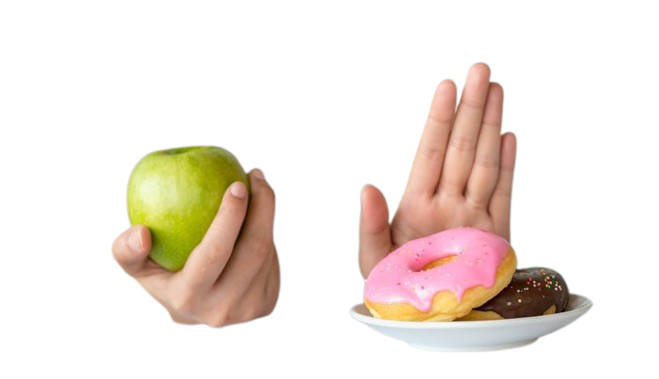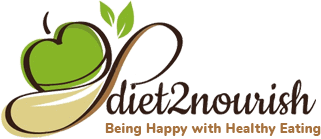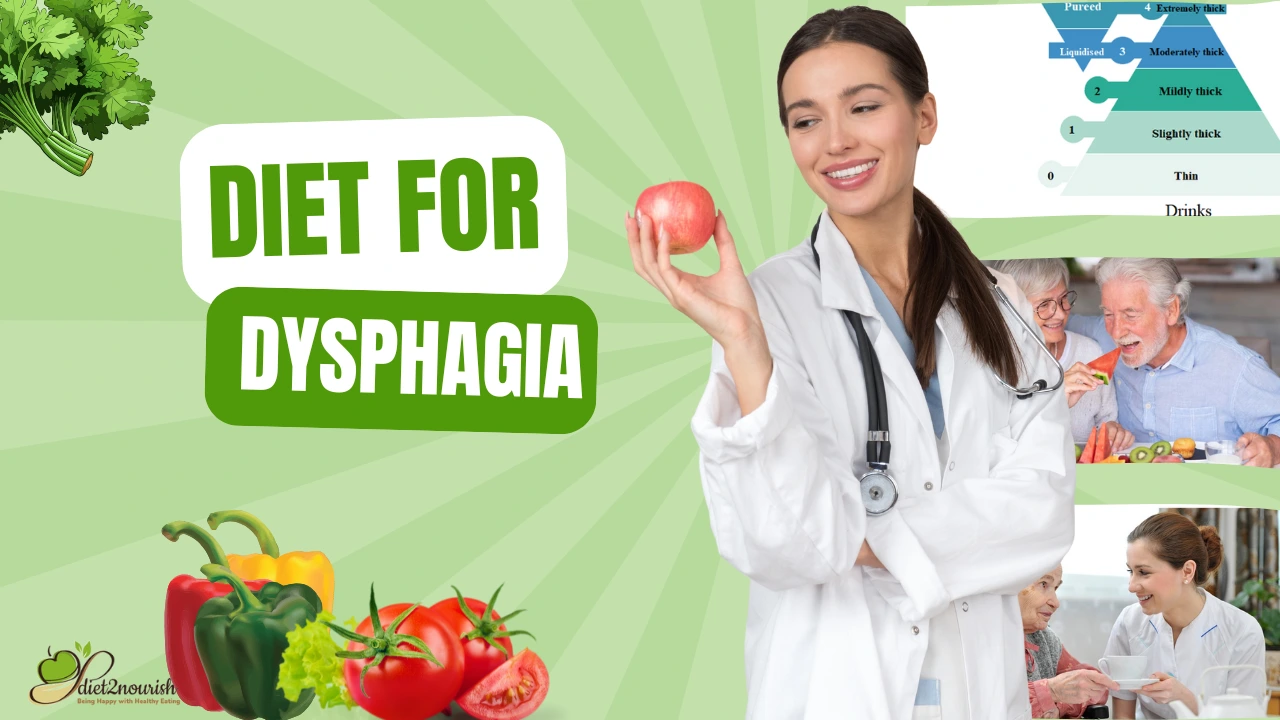Diet for Dysphagia
Your struggles with adopting optimal nutrition can end with this diet for dysphagia. If you find yourself struggling with dysphagia or any condition that needs a similar diet, then you are at the right place. Here you can unlock all the basics to a diet that not only helps you with dysphagia but ensures your health!
Who can benefit from a diet for dysphagia?
The increasing rate for dysphagia has been alarming worldwide. If you find yourself falling in the following categories, you can opt for this diet:
- People with neurological disorders like Parkinson’s disease
- People with head and neck cancers
- Elderly individuals
- People with structural abnormalities in the esophagus
- Anyone recovering from a throat or mouth surgery
Nutrition with the diet for dysphagia
A dysphagia diet has its main focus on providing you with nutrition while minimizing the risk of choking or aspiration. The texture and consistency of this diet are such that it makes swallowing easier and safer. Moreover, the diet is as per your swallowing abilities.
The nutritional adequacy of any kind of diet is vital. Furthermore, this diet for dysphagia must meet your daily energy, protein, and micronutrient needs. When working with a dietician, you can rely on them for dysphagia. They make sure that you receive proper nutrition while managing your swallowing difficulties.
Pureed foods for a dysphagia diet

The main purpose of a diet for dysphagia is to help you nourish with all the vital nutrients. Here are some pureed food that can add up to your health without causing any difficulty in swallowing:
- Mashed potatoes
- Dal soup
- Khichdi
- Vegetable purees
- Tomato soup
- Raita with pureed vegetables
- Fruit purees
- Malai Kofta
- Kheer
- Pureed chicken
- Yogurt
- Smooth pudding
Liquids to use to prepare purées:
Preparing pureed foods for your mechanical soft diet for dysphagia is easy. You can use these liquids to prepare them:
- Broth
- Clear soups
- Cream
- Fruit juice
- Cream soups
- Milk
- Sour cream
- Smooth yoghurt
Worst foods for a dysphagia diet:

Your diet must not have any of these five foods as they can worsen your symptoms:
1. Dry, crumbly foods:
Such foods can easily break into small pieces. They can be hard to control in the mouth. Eventually, they may lead to choking.
2. Mixed-texture foods:
You must not mix soups with chunks of vegetables. In other words, avoid mixing both solid and liquid components. The varying textures need different swallowing techniques. It can be challenging for those with dysphagia, increasing the risk of aspiration.
3. Stringy vegetables:
Your diet for dysphagia must not have veggies like celery or raw spinach. These foods have fibrous strands. They are hard to break down and can get caught in the throat.
4. Tough meats:
Steak, or other tough cuts of meat should not be in your mechanical soft diet for dysphagia. You need to chew them a lot to break down into manageable pieces.
5. Thin liquids:
Avoid drinks like water, juice, or coffee that have not been thickened. Thin liquids can be difficult to control. They may easily enter the airway instead of the esophagus, leading to aspiration or pneumonia.
A sample level 1 diet for dysphagia
Here is a meal plan that will work wonders for you and help you heal from dysphagia:
Breakfast:
Pureed Dalia (broken wheat porridge) with ghee.
Mid-morning snack:
Pureed banana with a small amount of milk.
Lunch:
Pureed Dal with a small portion of Khichdi.
Evening snack:
Pureed mango.
Dinner:
Pureed Palak Paneer with plain yogurt.
The next step after a level 1 dysphagia diet
There are different diet levels for dysphagia. They progress as per your journey. After you successfully manage a Level 1 dysphagia diet, there comes the next step. You can progress to a Level 2 diet.
This transition depends on your swallowing abilities. It is guided by your dietician for a mechanical soft diet for dysphagia. The goal is to introduce foods with slightly more texture and requiring more chewing. It can be:
- finely minced meats
- soft cooked vegetables
- moist grains.
This step helps to build your oral strength and coordination slowly again. All this while minimizing the risk of aspiration. Regular monitoring and adjustments are crucial to ensure safe and comfortable eating.
A set of dos and don’ts:
You can ensure absolute success from this diet for dysphagia with this set of dos and don’ts!
Do’s:
- Consult a professional dietitian to create a safe and appropriate diet plan.
- Follow texture guidelines to minimize choking risks.
- Use thickeners as advised to improve swallowing safety.
- Eat slowly and chew well, focusing on the act of swallowing.
- Sit upright during meals to aid swallowing.
Don’ts:
- Avoid eating quickly or when distracted.
- Don’t mix different textures in the same bite.
- Don’t eat dry or crumbly foods in your diet for dysphagia
- Don’t consume thin liquids like water or juice, unless thickened.
- Avoid talking with food in your mouth when eating.
- Don’t self-adjust the diet, Make changes only under the guidance of a dietician
Frequently asked questions : Diet for Dysphagia
Question:
How is the diet for dysphagia useful for old people?Answer:
These diets can help with swallowing difficulties, which are common with aging. They reduce choking risks with improved nutrition. Moreover, such diets can enhance the overall quality of life by making eating safer and more manageable for the elderly.Question:
How long does it take to transition to other diet levels for dysphagia?Answer:
It depends on your progress and the severity of dysphagia. Moreover, it also involves your dieticians’ guidance. It could take days, weeks, or months.









